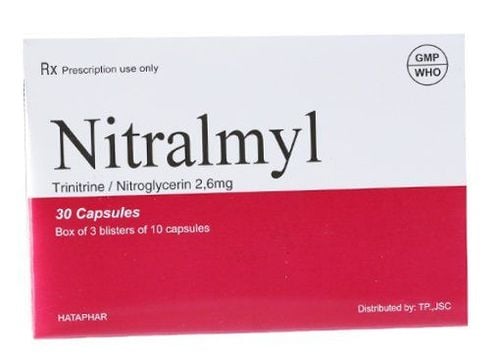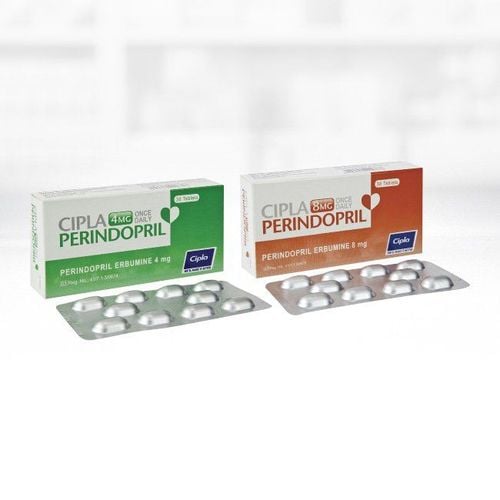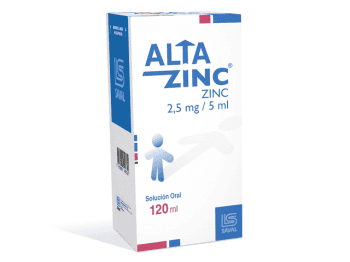This is an automatically translated article.
The article was professionally consulted by Dr. Ngo Dac Thanh Huy - Cardiologist - Department of Medical Examination & Internal Medicine - Vinmec Danang International General Hospital. The doctor has experience and strength in the field of diagnosis and treatment of cardiovascular diseases, echocardiography, coronary angiography and intervention.Heart failure is a fairly common cardiovascular disease. Heart failure can occur on the right or left side of your heart. Symptoms of right-sided heart failure are often related to circulatory congestion due to an impaired ability to return blood to the heart. Recognizing early signs of heart failure must help the heart treatment process more smoothly.
1. What is right heart failure?
Heart failure is a condition in which the heart is not able to pump enough blood to the body. Heart failure can affect the right or left side of your heart, or both at the same time. It can be an acute (short-term) or chronic condition.When your heart is working properly, it pumps oxygen-rich blood through your lungs and to the rest of your body. The left ventricle or left chamber of the heart provides most of the pumping force of the heart. So when you have left-sided heart failure, your heart can't pump enough blood to your body.
The right ventricle is responsible for transporting blood from the heart back to the lungs to be supplied with oxygen. So when you have right-sided heart failure, the right chamber has lost its pumping ability. That means your heart can't fill with blood, and blood flows back into the veins. Therefore, patients with right-sided heart failure often present with swelling in the legs, ankles, and abdomen.
2. Causes of right heart failure
Inefficient pumping ability due to left heart failure causes blood to pool in the lungs, increasing pressure in this organ. When the right ventricle contracts to pump blood to the lungs, it will have difficulty and cannot work effectively, eventually leading to right heart failure. Coronary artery disease: This is the most common form of heart disease and the cause of right-sided heart failure. When you have coronary artery disease, plaque clogs your arteries, reducing blood flow to your heart muscle. High blood pressure: The higher your blood pressure, the harder your heart works to pump blood. That means over time, your heart muscle can thicken and weaken. Regurgitation: Heart valves keep blood flowing in the right direction through your heart. Damaged heart valves, due to an infection or a defect in the heart valve, will make your heart work harder to pump blood. Eventually, it will become weak. Congenital heart defects: Some babies are born with abnormalities in the heart's structure. This can increase the incidence of right-sided heart failure. Arrhythmia: This is when your heart has an irregular heartbeat. It can beat too fast, too slow. Most arrhythmias are harmless. But it can also cause your heart to pump an inadequate amount of blood through your body. If it's not treated, it can weaken the heart over time. Chronic lung disease: Such as emphysema, pulmonary embolism... can cause pulmonary hypertension, increasing pressure on the right ventricle.3. Symptoms of right heart failure

Swelling of legs, ankles, feet Abdominal distention Walk Sanitize more, especially at night. This is caused by a buildup of fluid. Shortness of breath due to blood pooling in the lungs, especially when lying down or working out Enlarged neck veins Chest tightness Possible weight gain from excess fluid. Rapid pulse Loss of appetite Cold and sweaty skin Fatigue.
4. Treatment of right heart failure
Currently, there is no cure for heart failure, treatment is mainly focused on improving symptoms, reducing the burden on the heart and addressing the cause of right heart failure. Depending on the patient's condition, the doctor will recommend treatment measures such as medical treatment, lifestyle changes or surgery if the above two measures are not effective.A healthy lifestyle can help treat heart failure and prevent its progression. Lifestyle changes can include:
Losing weight, or maintaining a healthy weight Quit smoke Get regular exercise Eat a diet rich in lean protein, low-fat dairy, whole grains, fresh fruits and vegetables. Reduce your intake of salt, saturated fat (found in meat and high-fat dairy products), added sugars, and carbs. Reasonable rest. Get enough sleep.

Please dial HOTLINE for more information or register for an appointment HERE. Download MyVinmec app to make appointments faster and to manage your bookings easily.














